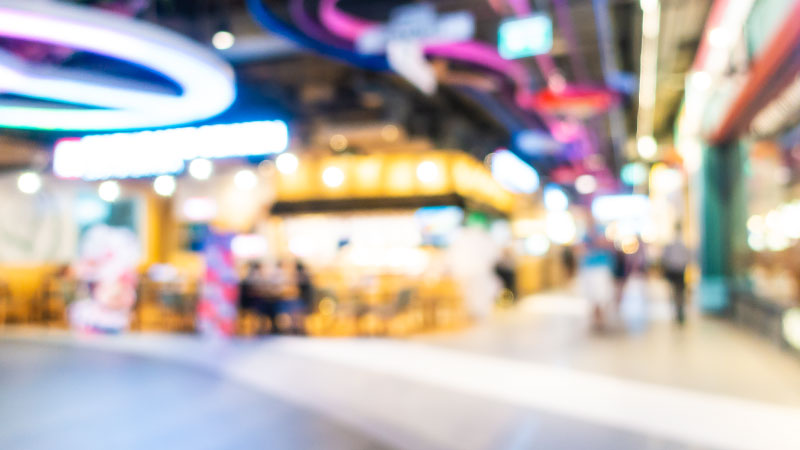Exhibitions and fairs have been integral to human culture and commerce for centuries, serving as vital platforms for the exchange of ideas, goods, and services. These events range from small community fairs to grand international expos, encompassing a broad spectrum of industries and interests. As an expert in this field, I can attest to the multifaceted nature and significant impact of exhibitions and fairs on economic, social, and cultural levels.

Historical Perspective
Historically, fairs date back to ancient times, with records of trade fairs in the Middle East and Europe as far back as 500 BCE. Medieval Europe saw the rise of trade fairs that were critical to the economy, allowing merchants from various regions to convene and trade. The Great Exhibition of 1851 in London marked a pivotal moment, showcasing industrial achievements and fostering international trade relations. This event laid the groundwork for modern-day exhibitions and fairs, emphasizing innovation, cultural exchange, and economic growth.
Economic Impact
Exhibitions and fairs are powerful economic drivers. They create opportunities for businesses to launch new products, expand their market reach, and network with industry peers. Major international exhibitions like the Consumer Electronics Show (CES) in Las Vegas and the International Tourism Trade Fair (FITUR) in Madrid attract thousands of exhibitors and visitors, generating significant revenue for host cities. These events stimulate local economies through tourism, hospitality, and related industries, creating jobs and driving investment.
Cultural and Social Significance
Beyond economic benefits, exhibitions and fairs have a profound cultural and social impact. They serve as platforms for cultural exchange, promoting understanding and collaboration between diverse communities. Art fairs, such as Art Basel, provide a space for artists to showcase their work and engage with a global audience. Agricultural fairs, like the Iowa State Fair, celebrate local heritage and agricultural achievements, fostering community spirit and pride.
Technological Advancements
The evolution of technology has transformed the exhibitions and fairs industry. Virtual and hybrid events have become increasingly popular, especially in response to the COVID-19 pandemic. These formats extend the reach of traditional fairs, allowing for global participation and reducing geographical barriers. Advanced technologies, such as augmented reality (AR) and virtual reality (VR), enhance the visitor experience, providing immersive and interactive environments.
Environmental Considerations
As the world becomes more environmentally conscious, the exhibitions and fairs industry is adapting to prioritize sustainability. Event organizers are implementing eco-friendly practices, such as reducing waste, using renewable energy sources, and promoting sustainable transportation. Green certifications and standards are becoming more prevalent, encouraging organizers and exhibitors to minimize their environmental footprint.
Exhibitions and fairs are dynamic and multifaceted events that play a crucial role in modern society. They are not only economic catalysts but also cultural and social hubs that foster innovation, collaboration, and understanding. As the industry continues to evolve, embracing technological advancements and sustainable practices will be key to its future success. Whether you’re a business looking to expand, an artist seeking exposure, or a community celebrating its heritage, exhibitions and fairs offer unparalleled opportunities to connect, learn, and grow.



